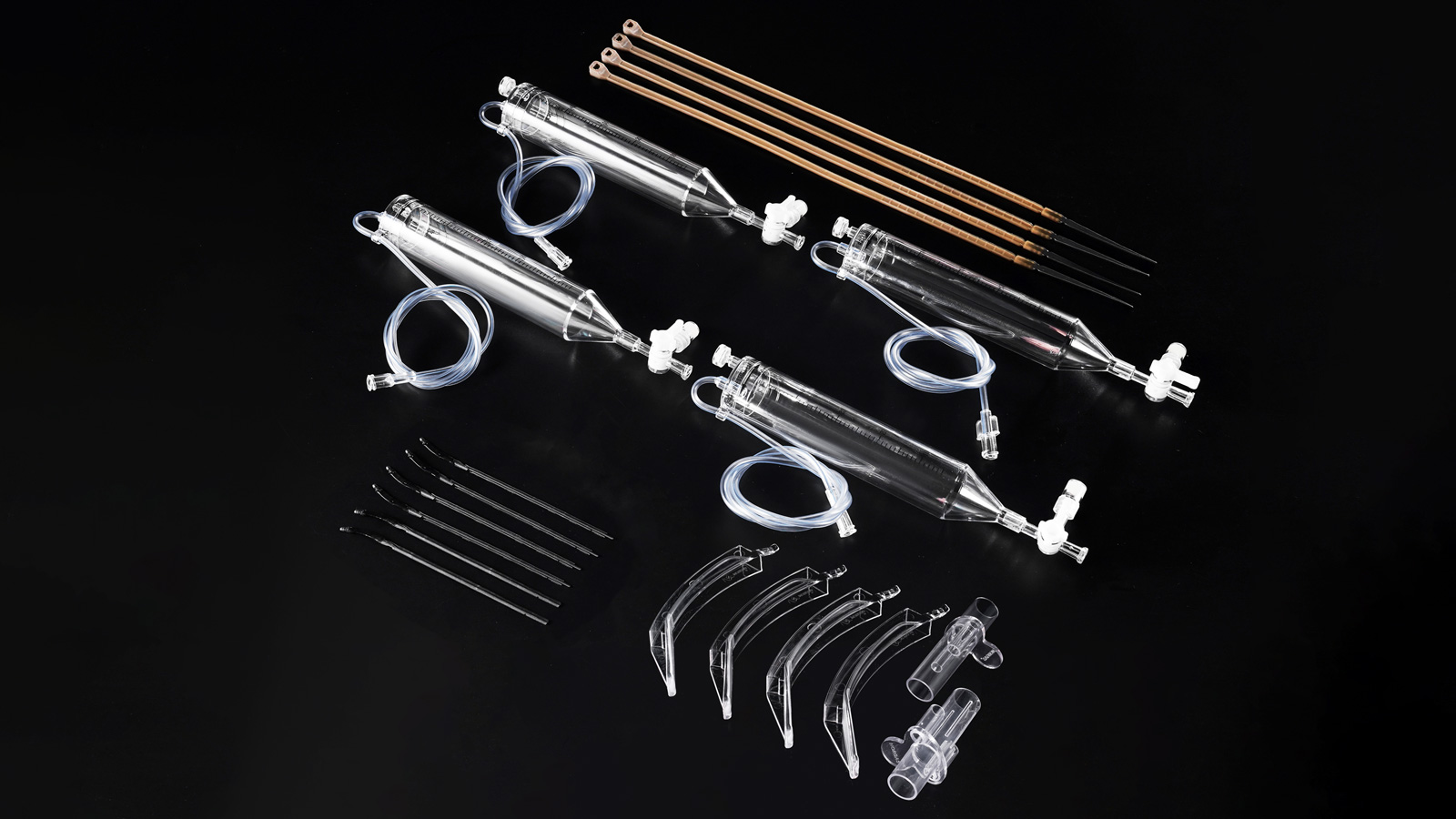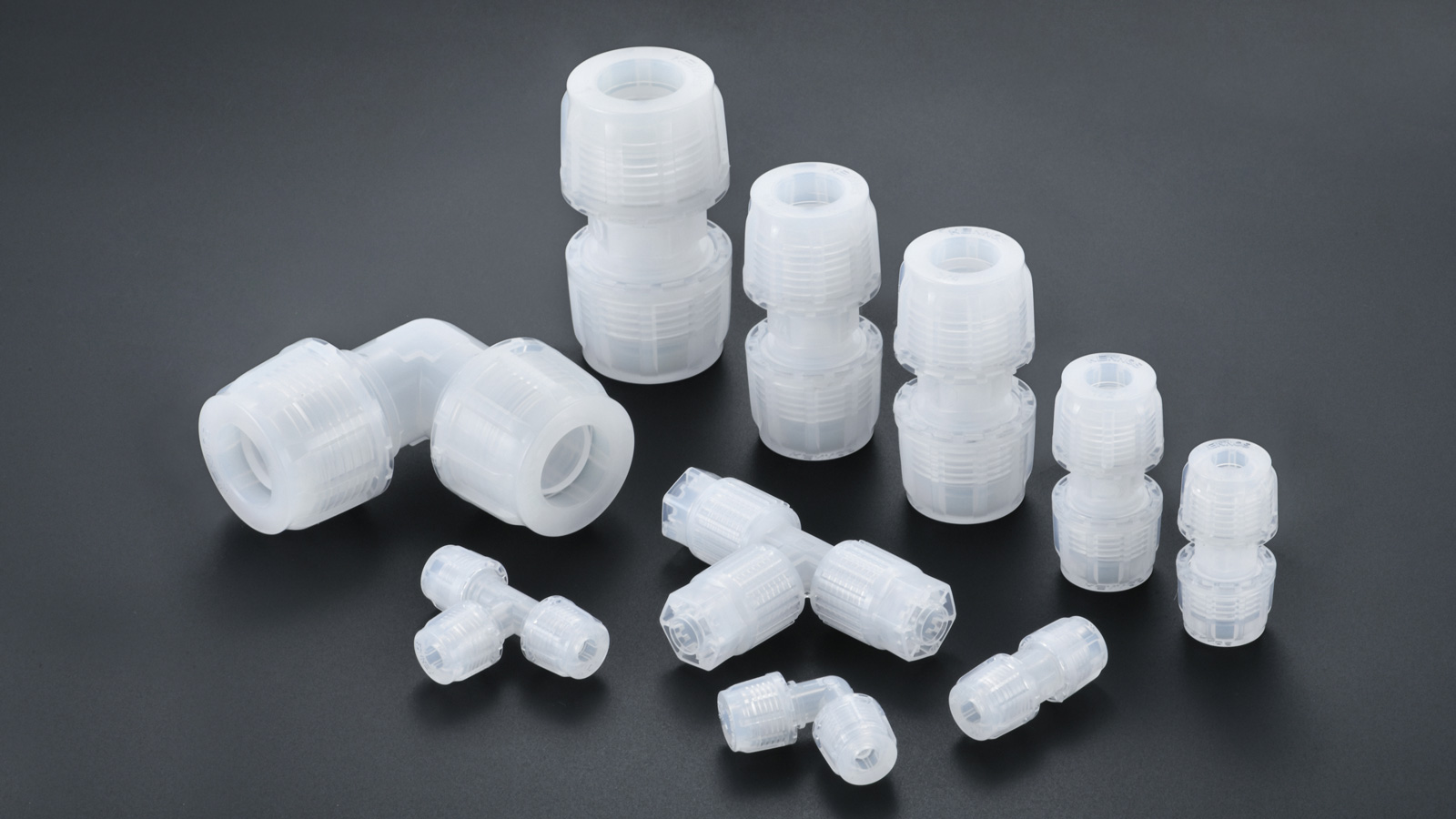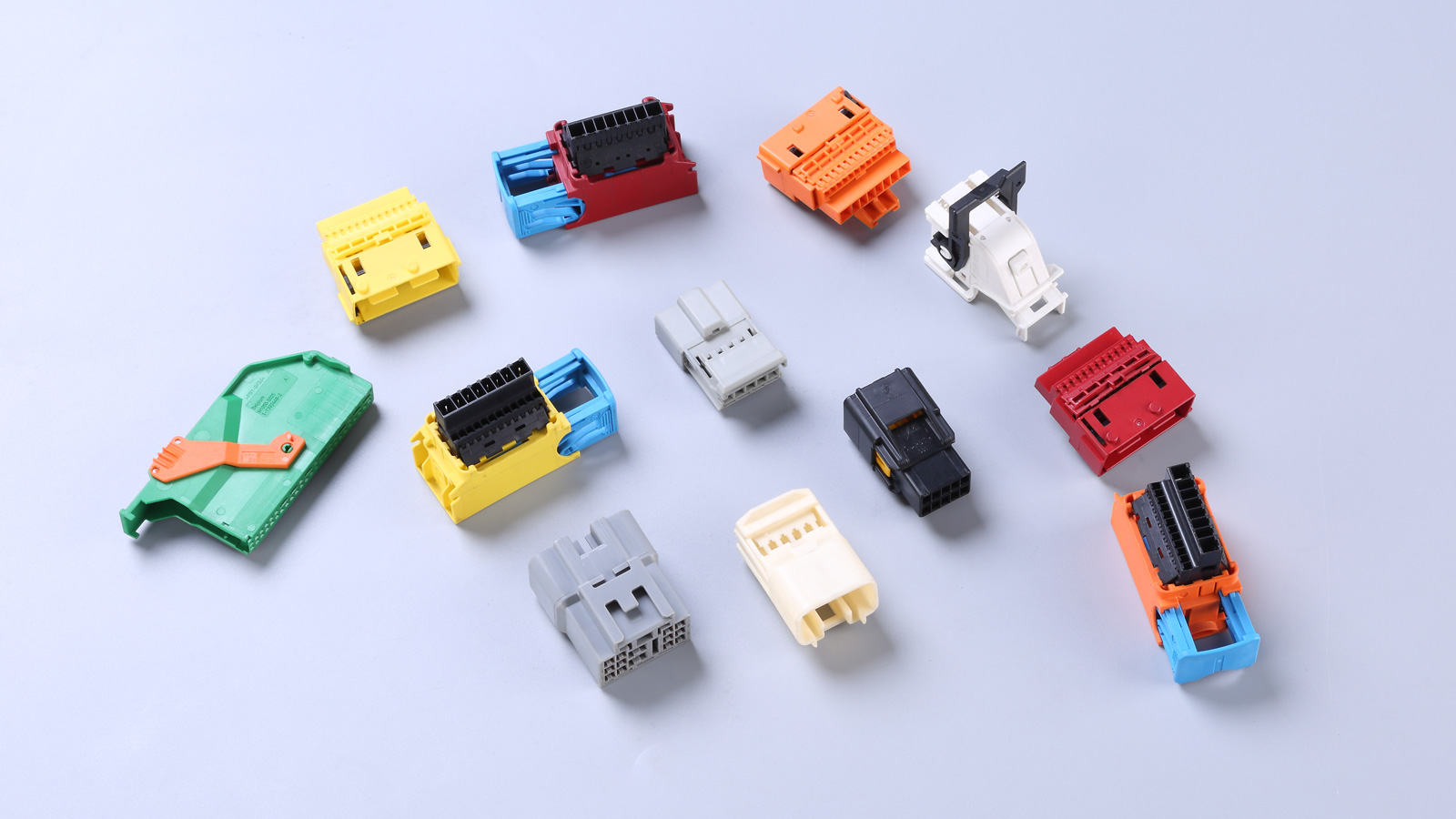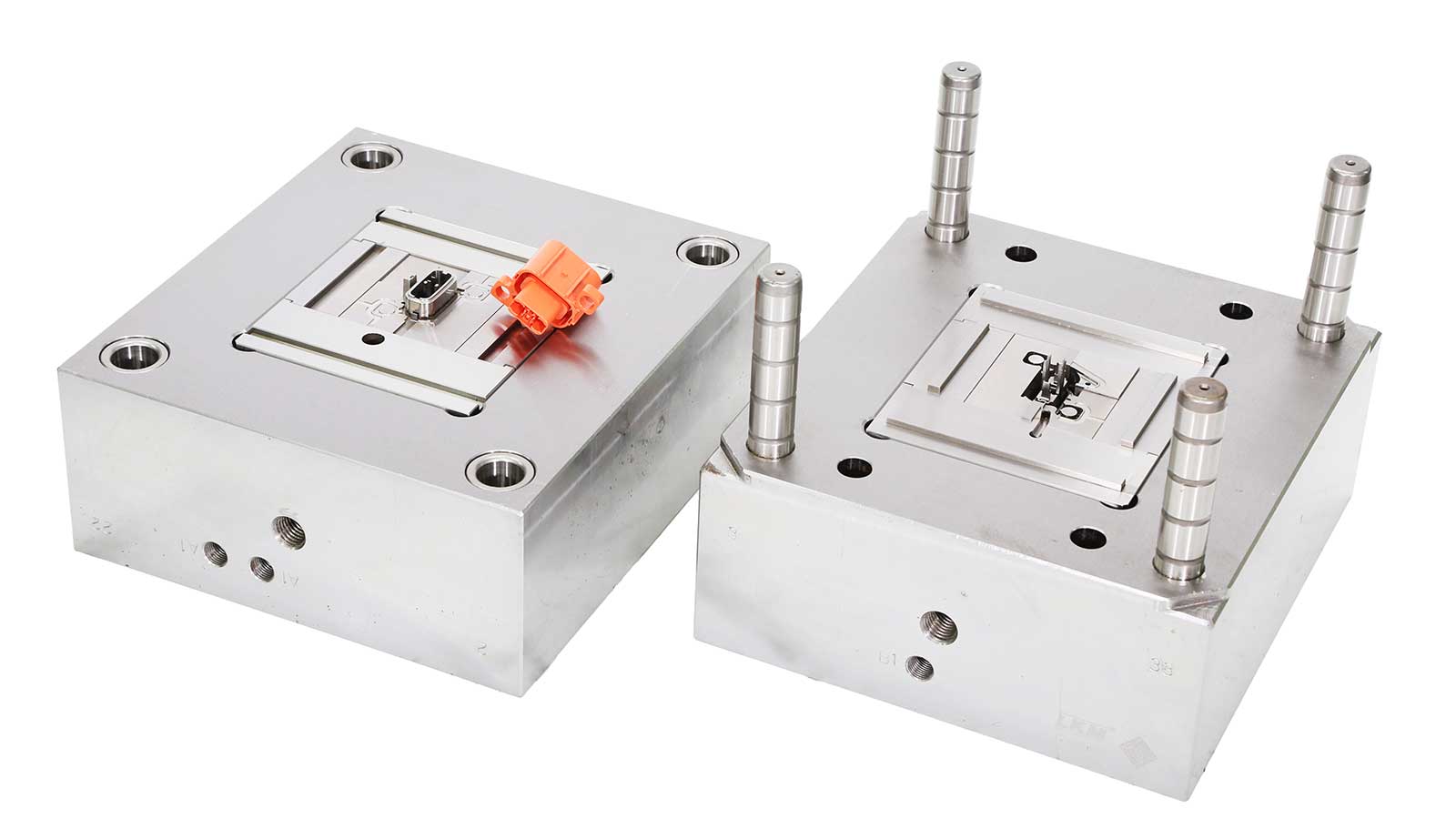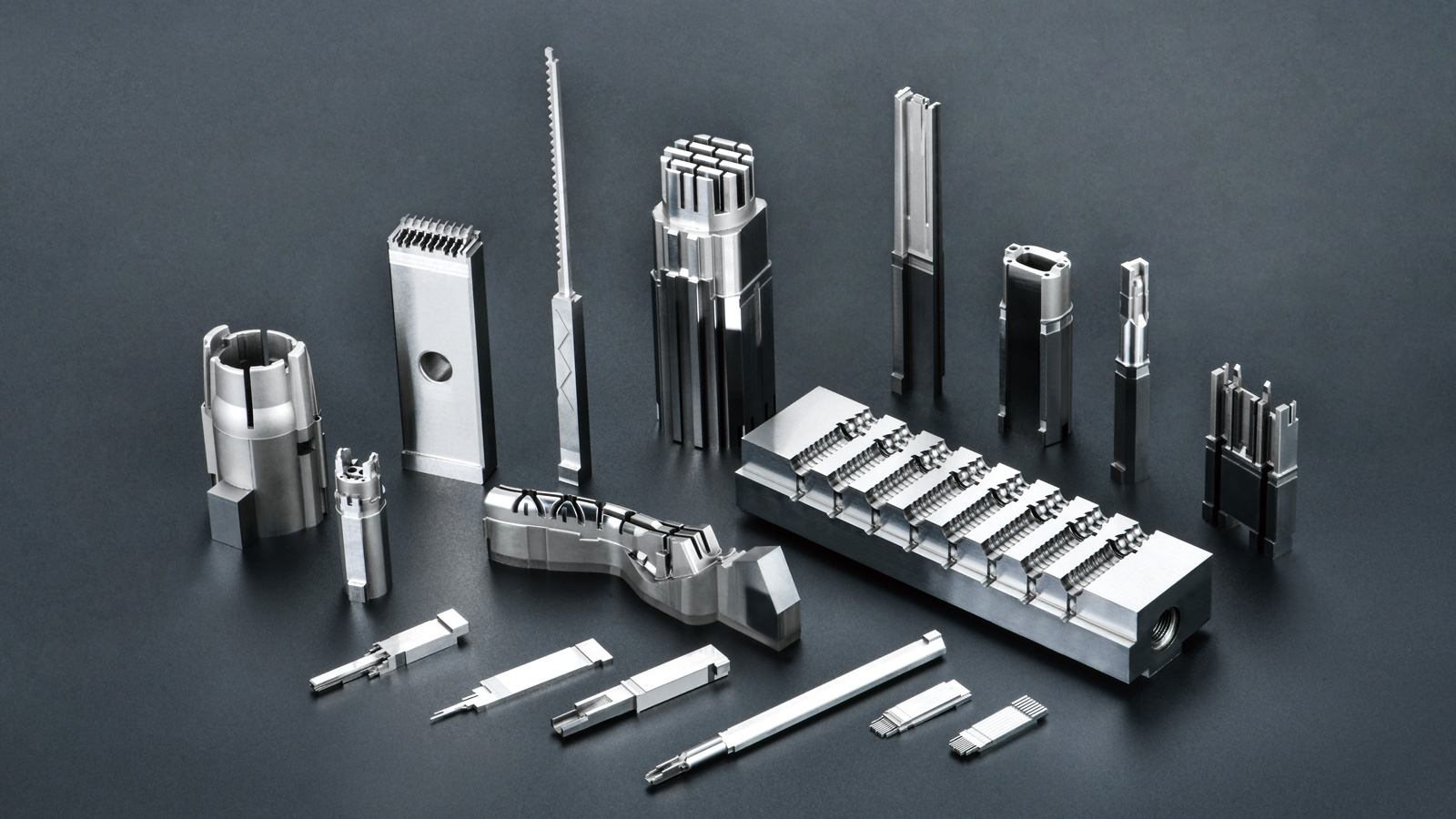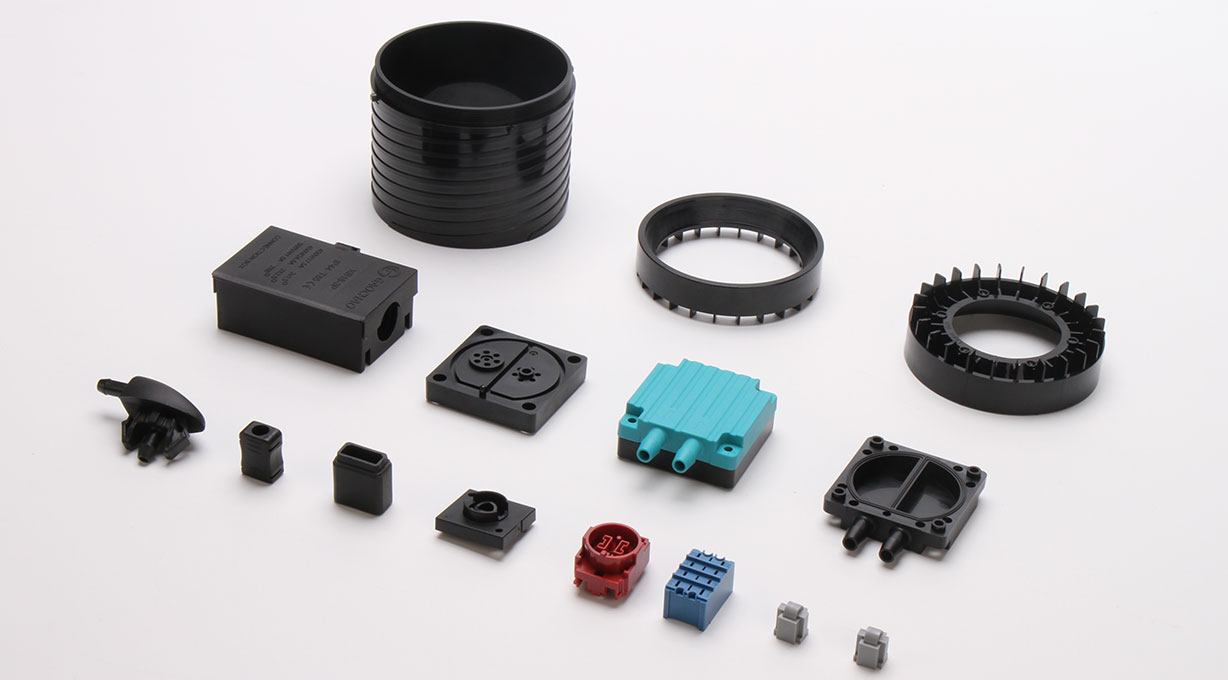In injection molds, the gating system is vital. It ensures smooth melt flow into the mold cavity. During the process, it evenly transmits pressure to every corner of the molded part, ultimately shaping the desired plastic component.
The gating system, this ingenious design, typically consists of four core components: the main runner, the branch runners, the gates, and the cold slug well. Next, let’s delve into the unique functions and design considerations of these four components.
1. Main Runner: The First Station for Melt Inflow
The main runner is the first channel for melt. Its size affects melt flow rate and filling time. It directly influences the flow rate of the melt and the filling time, and is key to ensuring smooth melt flow. Therefore, when designing the main runner, engineers must consider melt fluidity and mold requirements.
2. Branch Runners: The Transitional Bridge for Melt Flow
Branch runners guide melt from the main runner to the cavity. They not only stabilize the melt flow but also guide it to change direction, ensuring that the melt fills every corner of the mold uniformly and orderly. The design of the branch runners needs to fully consider the characteristics of the plastic material.
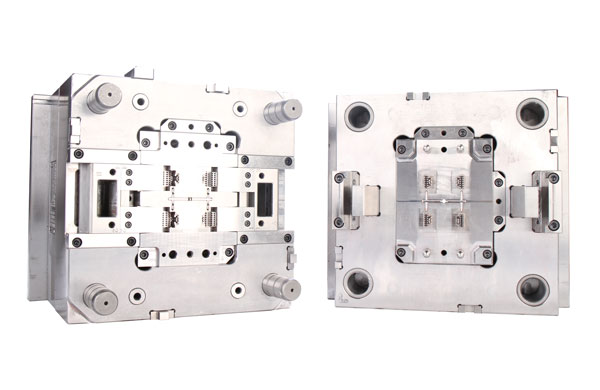
3. Gates: The Key Door for Melt Entry into the Cavity
The gates, as the narrow channels between the branch runners and the mold cavity, play a significant role. They enable the melt to enter the cavity at a higher speed and pressure, thereby quickly filling the cavity. And they also ensure that the melt at the gates solidifies first after molding, effectively sealing the cavity to prevent melt backflow. Simultaneously, the design of the gates facilitates the easy separation of the gating system solidified melt and the plastic part after molding. Therefore, in the design process of the gates, comprehensive consideration needs to be given to various factors.
4. Cold Slug Well: The Home for Cold Slugs
During the injection process, the front end of the melt in the nozzle often forms cold slugs. The existence of the cold slug prevents them from entering the mold cavity, affecting the quality of the plastic part. At the same time, the cold slug well can effectively prevent cold slugs from clogging the gates, ensuring that the melt can flow into the cavity in a timely manner and avoiding incomplete molding. Typically, the cold slug well is designed at the end of the main runner; and when the branch runners are longer, a cold slug well should also be opened at their ends to ensure the smooth operation of the entire gating system.
In summary, as a core component of injection molds, the design rationality and precision of the gating system are directly related to the quality and production efficiency of plastic parts. Therefore, in the mold design and manufacturing process, we must pay sufficient attention and meticulous craftsmanship to every detail of the gating system.
